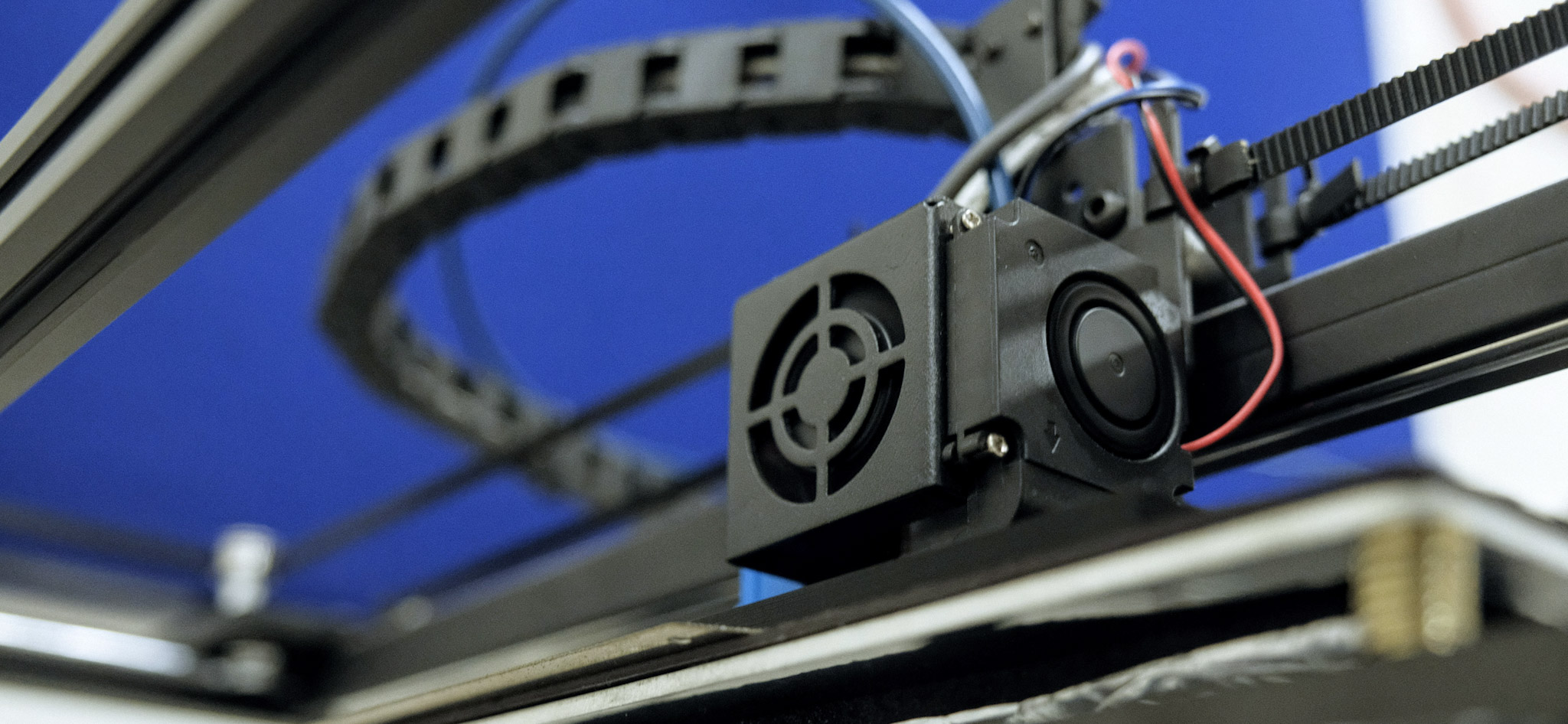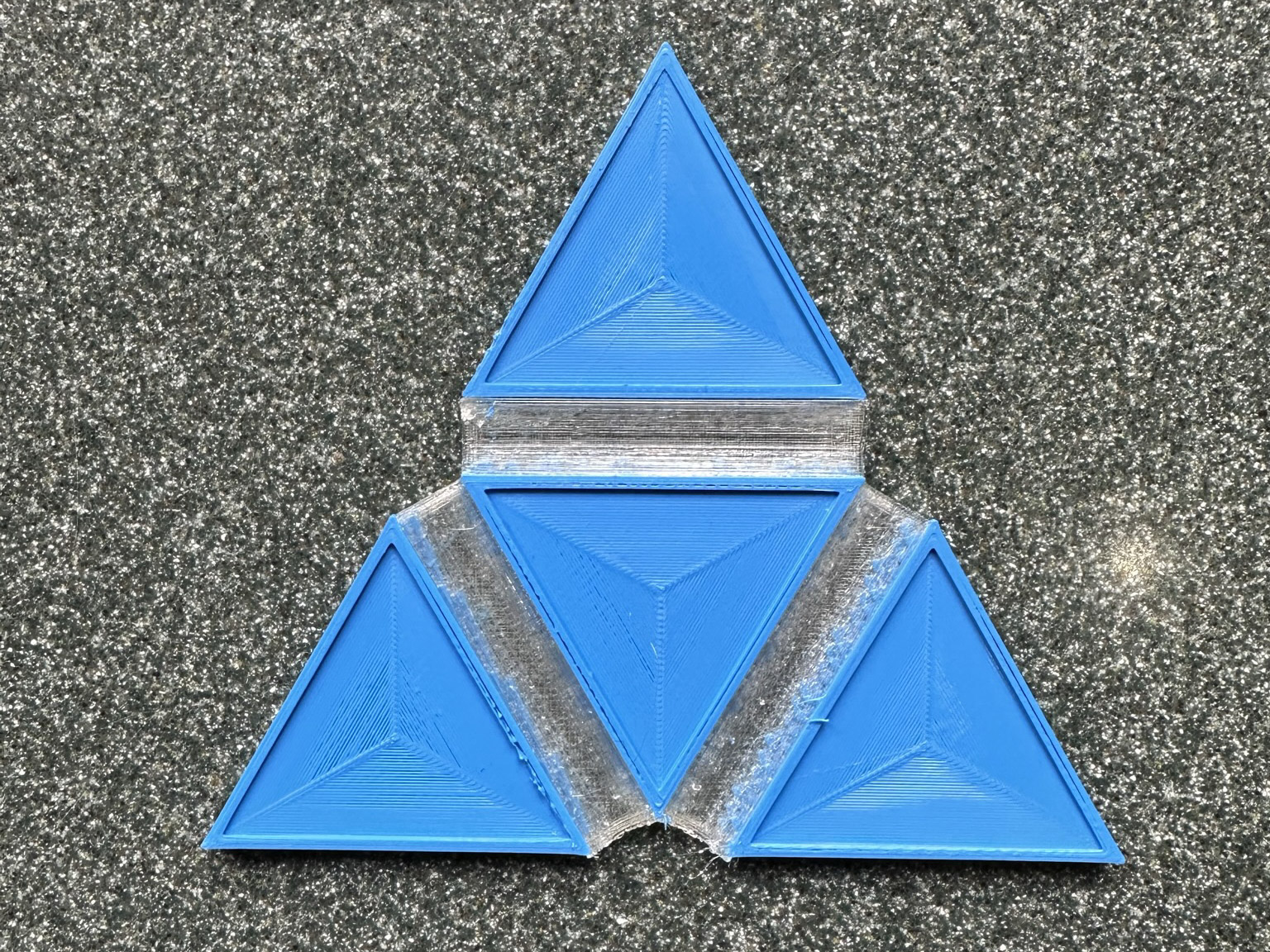Innovations in Design Engineering and Analyses (IDEA) Lab
Welcome to the IDEA Lab!

Meet the Principal Investigator - Dr. Vimal Viswanathan
Dr. Vimal Viswanathan is an Associate Professor in Mechanical Engineering. He earned his bachelor's degree in Mechanical Engineering from the National Institute of Calicut, India, and MSME and Ph.D. degrees in Mechanical Engineering (with a focus on product design) from Texas A&M University. His research interests include product design, new product development, design creativity, design automation, additive manufacturing, mechanical systems design, and engineering education. He has published over 50 refereed articles to date. He was also previously awarded four federal grants related to engineering education.
Purpose Statement

The research at the Innovations in Design Engineering & Analyses (IDEA) lab aims to understand the underlying factors that influence engineering design and develop new design methods to help designers through a combination of qualitative, quantitative, and computational research methods. The primary focus of the IDEA Lab is to generate, design, develop and implement ideas for new products, product families, and new services.
Projects & Facilities

4D Printing Tech & Its Applications
4D printing is a developing technology which shows promising applicability in industries ranging from aerospace to biomedicine. This project explores various techniques to develop cheaper 4D printed objects with superior mechanical properties.

Product designers consider a lot of aspects before developing and designing a product and releasing it into the market. Customer feedback is one of the most significant features that can forecast the commercial success of the product. The recent market trend shows that demand for online retail platforms is towering and generated an enormous amount of online review data in the form of customer feedback. This data can be utilized to predict the customer's emotions toward the product and consider it in the product design and development cycle. Manual Content Analysis is performed on the review data of products from a particular category. This process consumes a lot of human hours to predict customer emotions. AI model based on Aspect-Based Sentiment Analysis and Natural Language Processing is developed to extract consumer sentiments within minutes using online text data without any human interaction. Data for this study is extracted using a web scraping search engine from an e-platform. Then the results of the AI model and manual content analysis are compared to evaluate the efficiency of the automation model.